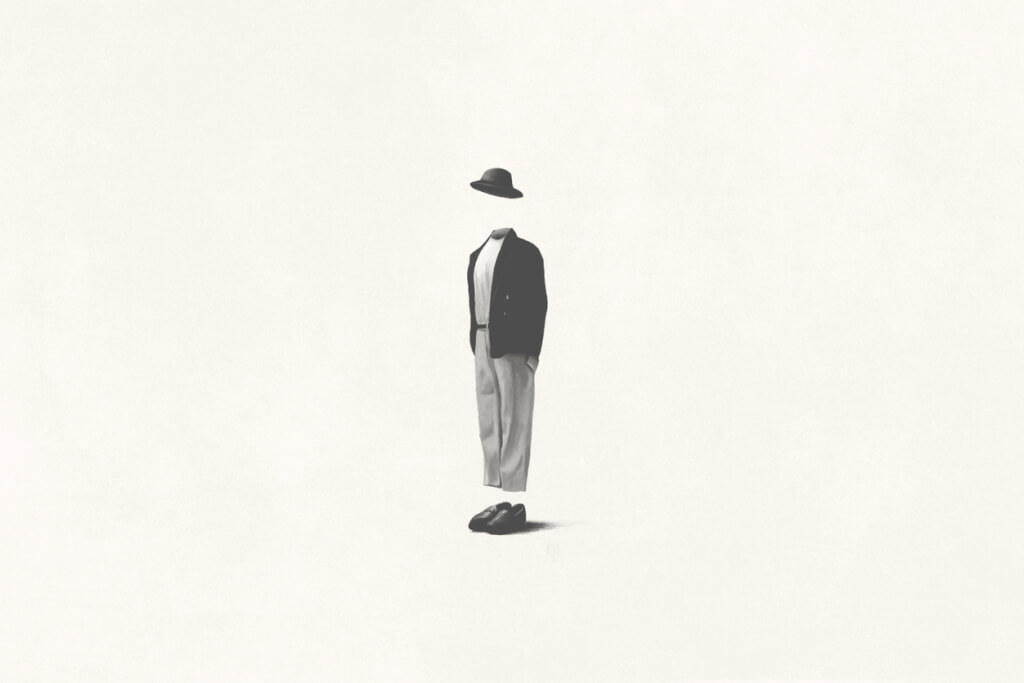Chinese scientists have developed an invisibility cloak that will hide you from surveillance cameras
Students in China have invented an invisibility cloak. The invention is designed to hide the owner from surveillance cameras. Read more about this publication Independent.

Photo: IStock
InvisDefense, developed by a team at Wuhan University, is an inexpensive coat that can be worn day or night to avoid detection by AI-controlled security camera systems.
During the day, the coat uses a pattern to effectively dazzle cameras, while at night it emits unusual heat signals to confuse infrared cameras.
The coat appears ordinary to the human eye and does not effectively hide wearers from human-controlled surveillance cameras. Its design means it could potentially confuse some of the detection systems used in self-driving cars, but not human drivers.
On the subject: The United States presented a new invisible bomber that can carry nuclear missiles
“Currently, many surveillance devices can detect people,” said Professor Wang Zheng from the School of Computer Science at Wuhan University, who oversaw the invention. - Cameras on the road have pedestrian detection functions, and smart cars can identify pedestrians, roads and obstacles. Our Invisdefense allows the camera to capture you, but it can't tell if you're human."
The coat won first place in a competition sponsored by Huawei Technologies, and a technology paper will be presented at the AAAI 2023 AI conference in the US.
Wuhan University graduate student Wei Hui, who created an algorithm for creating a coat pattern, calculated that InvisDefense costs less than 500 yuan ($72) to make.
You may be interested in: top New York news, stories of our immigrants and helpful tips about life in the Big Apple - read it all on ForumDaily New York
“The hardest part is balancing the camouflage pattern. Traditionally, researchers used bright images to interfere with machine vision, and it worked,” Wei Hui explained. “But it is visible to the human eye, which makes the user even more visible. We are guided by algorithms to develop the least noticeable patterns that can turn off computer vision.”
Professor Wang noted that such an invention could be used for concealed military uniforms to avoid detection by drones or AI-controlled units on the battlefield.
Researchers can potentially use the pattern generation algorithm to better understand and fix loopholes in artificial intelligence and computer recognition technologies, among other things.
Read also on ForumDaily:
The verb set has 464 meanings: we analyze the most popular of them
Flights in winter: how dangerous a slippery landing strip
Sometimes being born in the US is not enough to get US citizenship: when 'land law' doesn't work
Digital gifts: 9 unusual services and subscriptions that will please your loved one
Subscribe to ForumDaily on Google NewsDo you want more important and interesting news about life in the USA and immigration to America? — support us donate! Also subscribe to our page Facebook. Select the “Priority in display” option and read us first. Also, don't forget to subscribe to our РєР ° РЅР ° Р »РІ Telegram and Instagram- there is a lot of interesting things there. And join thousands of readers ForumDaily New York — there you will find a lot of interesting and positive information about life in the metropolis.












